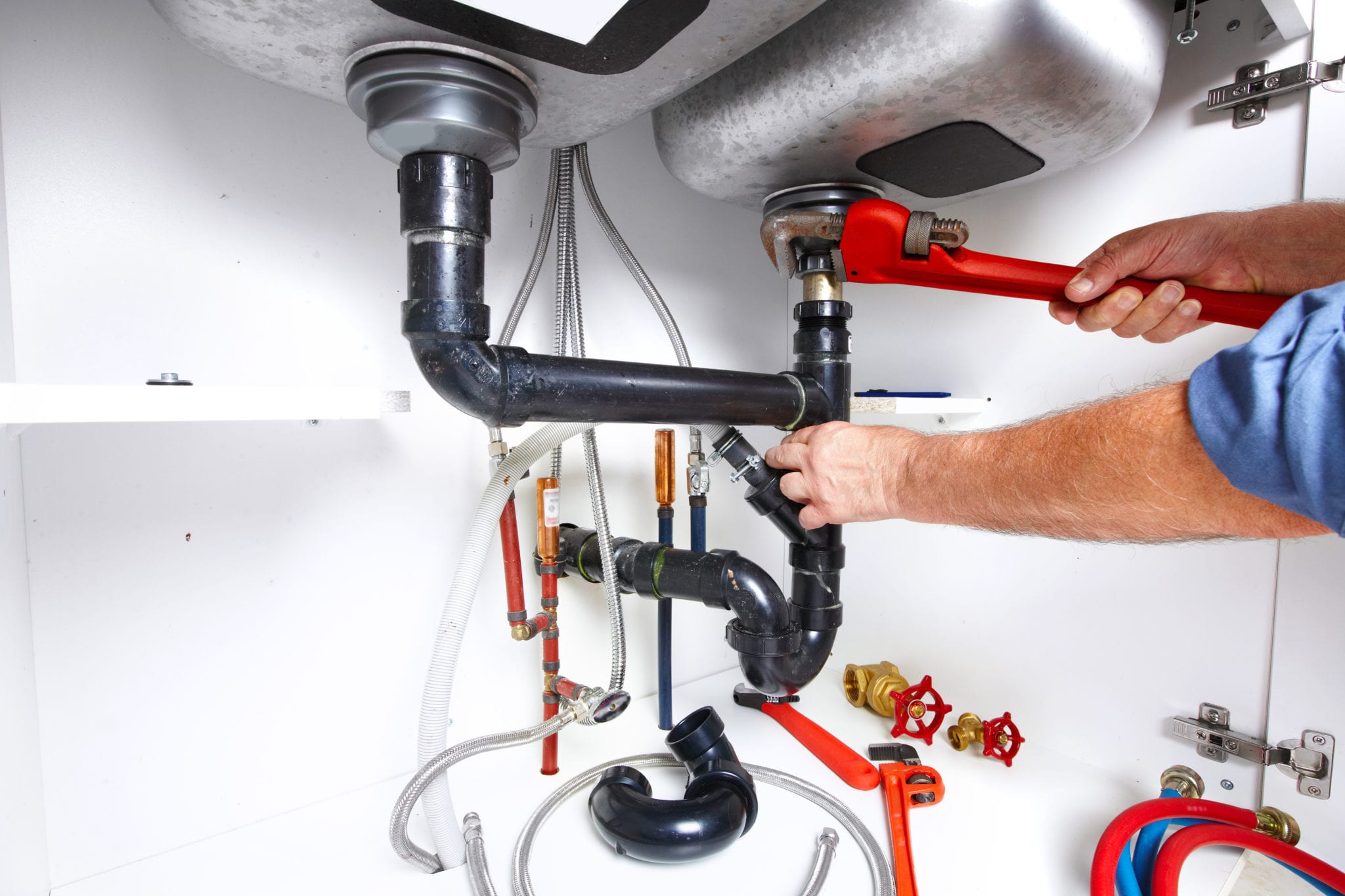Expose Hidden Water Line Leaks: Six Tested Techniques for Detecting
Expose Hidden Water Line Leaks: Six Tested Techniques for Detecting
Blog Article
The article down below on the subject of Detecting hidden plumbing leaks is quite enjoyable. Check it out for your own benefit and decide what you think about it.

Early detection of leaking water lines can reduce a prospective catastrophe. Some little water leaks might not be noticeable.
1. Check Out the Water Meter
Checking it is a surefire way that helps you find leaks. If it moves, that suggests a fast-moving leakage. This means you may have a sluggish leakage that could even be below ground.
2. Examine Water Usage
Examine your water costs as well as track your water consumption. As the one paying it, you ought to see if there are any type of inconsistencies. If you spot sudden changes, despite your usage coinciding, it implies that you have leakages in your plumbing system. Remember, your water costs need to drop under the exact same array every month. An abrupt spike in your bill indicates a fast-moving leakage.
A stable increase every month, even with the exact same practices, reveals you have a sluggish leakage that's additionally slowly escalating. Call a plumber to extensively check your building, specifically if you feel a cozy location on your floor with piping underneath.
3. Do a Food Coloring Examination
When it pertains to water intake, 30% comes from bathrooms. Examination to see if they are running correctly. Decline specks of food shade in the container and wait 10 mins. If the color in some way infiltrates your bowl throughout that time without flushing, there's a leakage between the storage tank and also bowl.
4. Asses Exterior Lines
Do not fail to remember to check your outside water lines as well. Needs to water leak out of the link, you have a loose rubber gasket. One little leak can lose heaps of water as well as surge your water expense.
5. Assess the circumstance and check
House owners need to make it a habit to check under the sink counters as well as also inside cupboards for any bad odor or mold and mildew growth. These 2 red flags suggest a leak so prompt focus is called for. Doing regular evaluations, even bi-annually, can conserve you from a significant issue.
A lot more notably, if you recognize your residence is currently old, keep a watchful eye on your heating units, pipes, pipelines and so on. Check for stainings and weakening as a lot of appliances and also pipes have a life expectancy. They will also naturally weaken as a result of wear and tear. If you think dripping water lines in your plumbing system, do not wait for it to intensify. Call a professional plumber today so you don't wind up with a dreadful mess in your house.
Early discovery of dripping water lines can minimize a prospective disaster. Some tiny water leaks may not be visible. Inspecting it is a guaranteed means that aids you discover leaks. One little leak can waste heaps of water as well as surge your water expense.
If you suspect dripping water lines in your plumbing system, do not wait for it to escalate.
5 SMART WAYS TO FIND HIDDEN WATER LEAKS WITHOUT DESTROYING YOUR HOUSE
Monitor Your Water Meter
If you start to notice a higher water bill but you know that your water usage hasn’t increased, it’s a good sign that there’s a leak. Keep a close eye on your water meter to see if you detect any huge fluctuations.
While you’re outside, make sure that there is no water source accidentally left turned on such as a garden hose. Turn all water off including inside water before you check the meter.
Next, take a closer look at the leak indicator and look for any movement. It depends on the type meter you have but for many, it’s a triangular-shaped dial. It may also look like a small silver wheel that spins when water flows through it.
If either of these types of dials is turning after you’ve turned the water off, you likely have a leak. Another option is to take a reading and then wait an hour or two.
Take a second water meter reading to see if anything has changed. This is how to detect water leaks for most of your home. Just make sure you haven’t used any water during that hour to a two-hour window.
Check Your Faucets
For many homeowners, the source of a water leak stems from the faucets. A worn rubber washer is often the culprit and can be found underneath the handle.
You can easily replace the washer if you have the correct tools. You will need to turn the water off under the sink, or at the main cutoff valve.
Next, remove the faucet handles to access the gasket. Most home improvement or hardware stores sell replacement gaskets and the tools you need to fix this simple, common problem.
How to Detect Water Leaks from Your Toilet
The toilet is another common culprit for water leaks, and it can often go unnoticed. A leaky toilet can waste several hundred gallons of water, which also means it can waste quite a bit of money.
Remove your tank lid and add a few drops of food coloring to the tank. Dye tabs are another easy alternative that can be purchased at many hardware stores.
Let the coloring saturate the water and wait approximately 30 minutes without flushing. If any color has come through the tank and into the toilet bowl, you likely have a leak.
Luckily, these types of leaks can often be resolved by replacing the flapper. The flapper has likely just worn out over time or become cracked which causes water to constantly flow from the tank into the bowl without you even noticing.
Another toilet-related red flag? If you need to jiggle the handle to keep your toilet from running, you likely have an issue with the flush bar and chain sticking.
You can fix this by adjusting the nut that secures this mechanism inside the tank. Or, you might need to replace the handle since it could be sticking.
Be Aware of Underground Water Leaks
Outdoor water leaks can get quite expensive to repair, so it’s important to know what to look for. If an area of your yard seems softer than others or you notice dark spots, this could be cause for concern.
If one particular area around your home seems to stay wet even after a dry spell, this is a red flag. You can also look closely near your driveway and street and see if you notice any unusual water flow.
Water flow doesn’t have to be a constant stream of flowing water. Even puddles that seem out of place may indicate that there’s a deep, underground leak.
If you suspect that you have an underground leak, call your local water or utility company as soon as possible. They have the tools and the know-how to further diagnose and fix the issue.

Hopefully you liked our part about Detecting hidden plumbing leaks. Thanks a lot for finding the time to read our piece. Sharing is caring. Who knows, you may be doing someone a favor. Thanks a lot for your time. Don't hesitate to visit our blog back soon.
Quote & Schedule Report this page